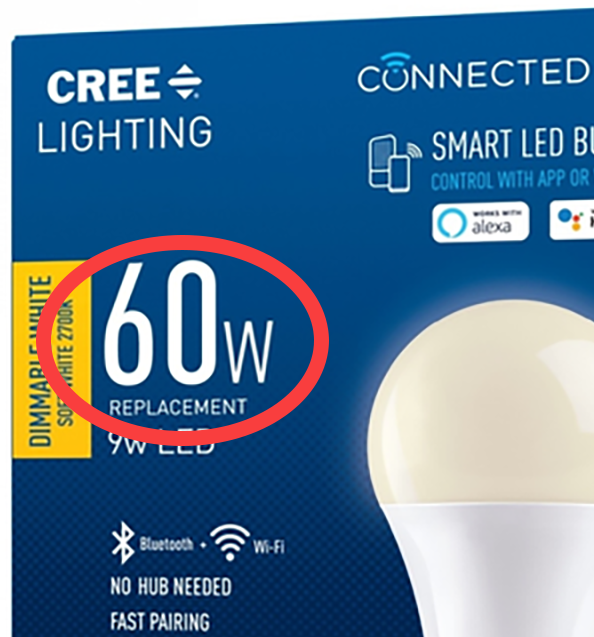[ad_1]

In most of my “chore-associated” spaces, I tend to like a lot of light. In the kitchen particularly, I feel more comfortable with bright lighting. I can more easily read recipes and safely mince onions. I also prefer bright lighting in the bathroom for grooming tasks and cleaning grout. But some spaces with lower functionality (think lounging on the couch or enjoying a meal) feel cozier and more relaxing with a bit less light. Ever wonder how to get it just right? Well, turns out, it’s far more of an exact science than you probably knew. With the understanding of a few key terms and simple calculation or two, you can achieve the perfect illumination for each and every space.
A lumen is a measurement of light output from a source. Also referred to as “brightness,” any type of bulb (incandescent, LED, halogen, etc.) is going to have a lumen measurement. A standard 100-watt incandescent light bulb provides approximately 1,500–1,700 lumens. Lumens are the most important part of the puzzle, but we’re just getting started.

A watt is the standard unit of power, or consumed energy, used to fuel the light from the bulb. The brighter the lights, the more watts consumed. Each type of light source has a different lumen-per-watt ratio. Because LED technology produces less heat than traditional incandescent bulb technology, LEDs provide more lumens per watt. You’ll often notice on LED packaging a statement like “100-watt equivalent;” that means that LED lightbulb produces the same amount of light as a 100-watt incandescent lightbulb but consumes less energy to do so.
So, now we know about light and energy efficiency, but I still need to know how many lumens for my kitchen. Perhaps this next term is the most confusing to understand and apply, but it is at the crux of the answer. Let’s talk footcandles. A footcandle is a unit of illumination, equivalent to the light produced by a source of one candle at a distance of one foot and equal to one lumen incident per square foot. Got that? No, we’re not talking about how many candles you’ll need when the power goes out (or are we?). In other words, how bright is a light one foot from its source. Below are the standard recommendations for how many footcandles (abbreviated FC) depending on the function of the space in a home. There are also recommendations easily found online for warehouse, retail, and other commercial spaces.

Now, let’s do some measuring and then some math! First determine the square footage of your room (measure width and length, then multiply). A room that’s 10-feet wide and 10-feet long is 100 square feet. Next, multiply your room square footage by the footcandle recommendation and voila! You’ve got your number of desired lumens! If you have a 100-square-foot dining room, you’ll be shopping for approximately 3,000–4,000 lumens. A small bathroom of about 40-square feet would need about 2,800–3,200 lumens. You’re getting the hang of this!

I know I said earlier that this is an “exact” science. That’s not completely true . . . there are a multitude of variables that can impact your decision on how many lumens you’ll need to install. If you have high ceilings or your home décor is dark and muted, you may want more lumens; if you have a lot of reflective surfaces or lower ceilings, you may need fewer. And of course, your personal preference and comfort will be the ultimate decision-maker in how bright you want your light. But now that you’ve become well-versed in the language of lumens, I trust you’ll make the most of your shopping experience at 1000Bulbs.
If you’re still feeling lost in lumen translation, don’t hesitate to give one of our lighting experts a call at 1-800-624-4488.
[ad_2]
blog.1000bulbs.com










